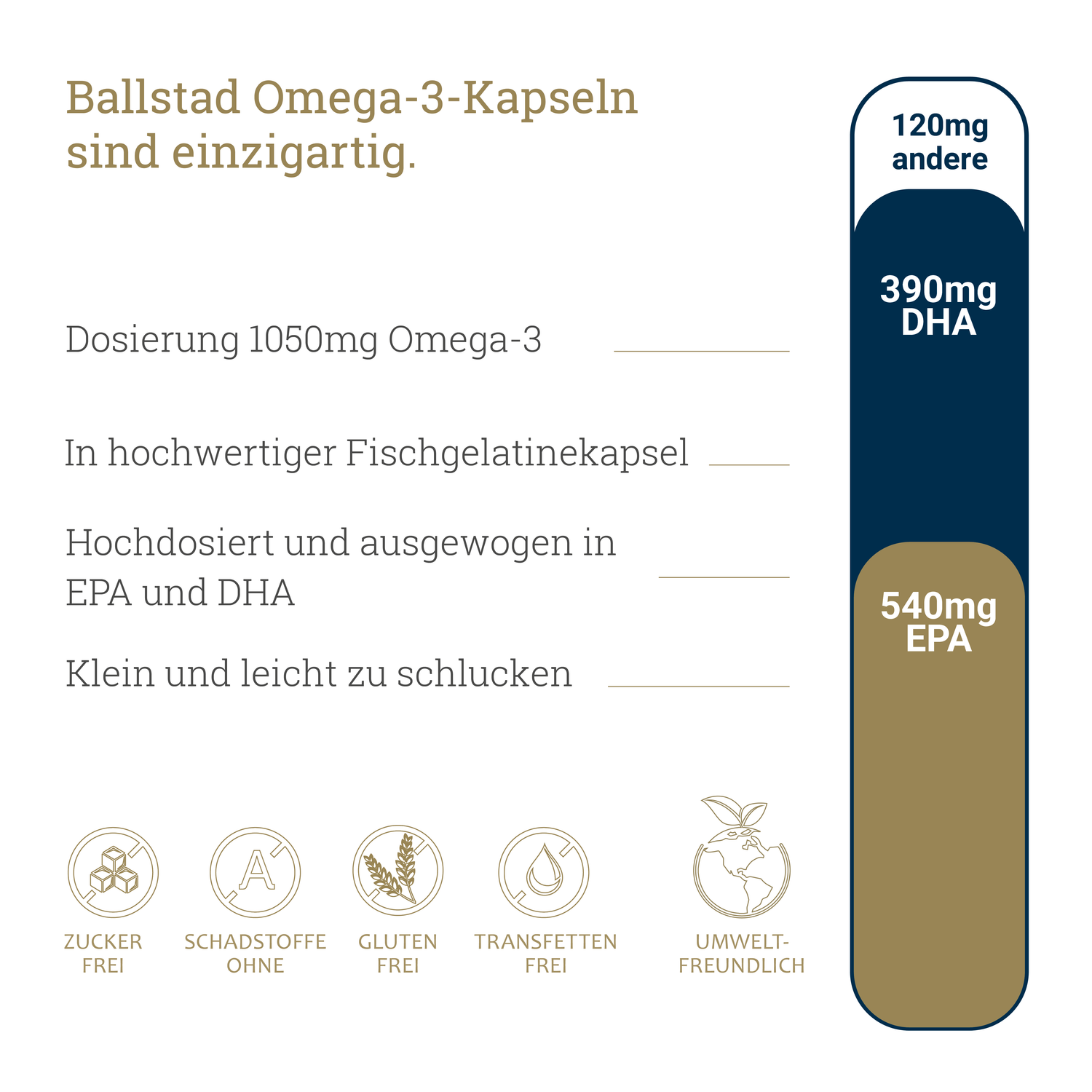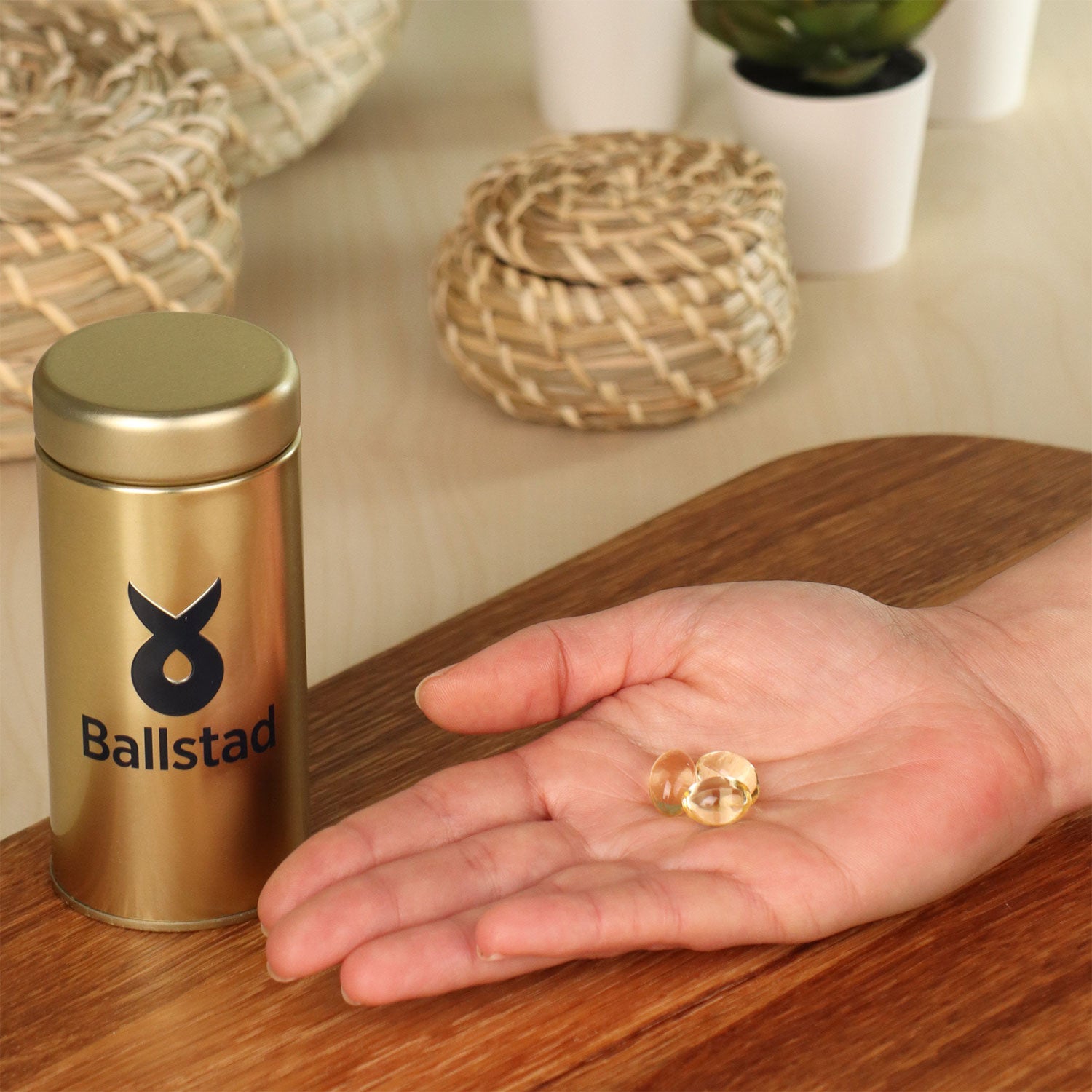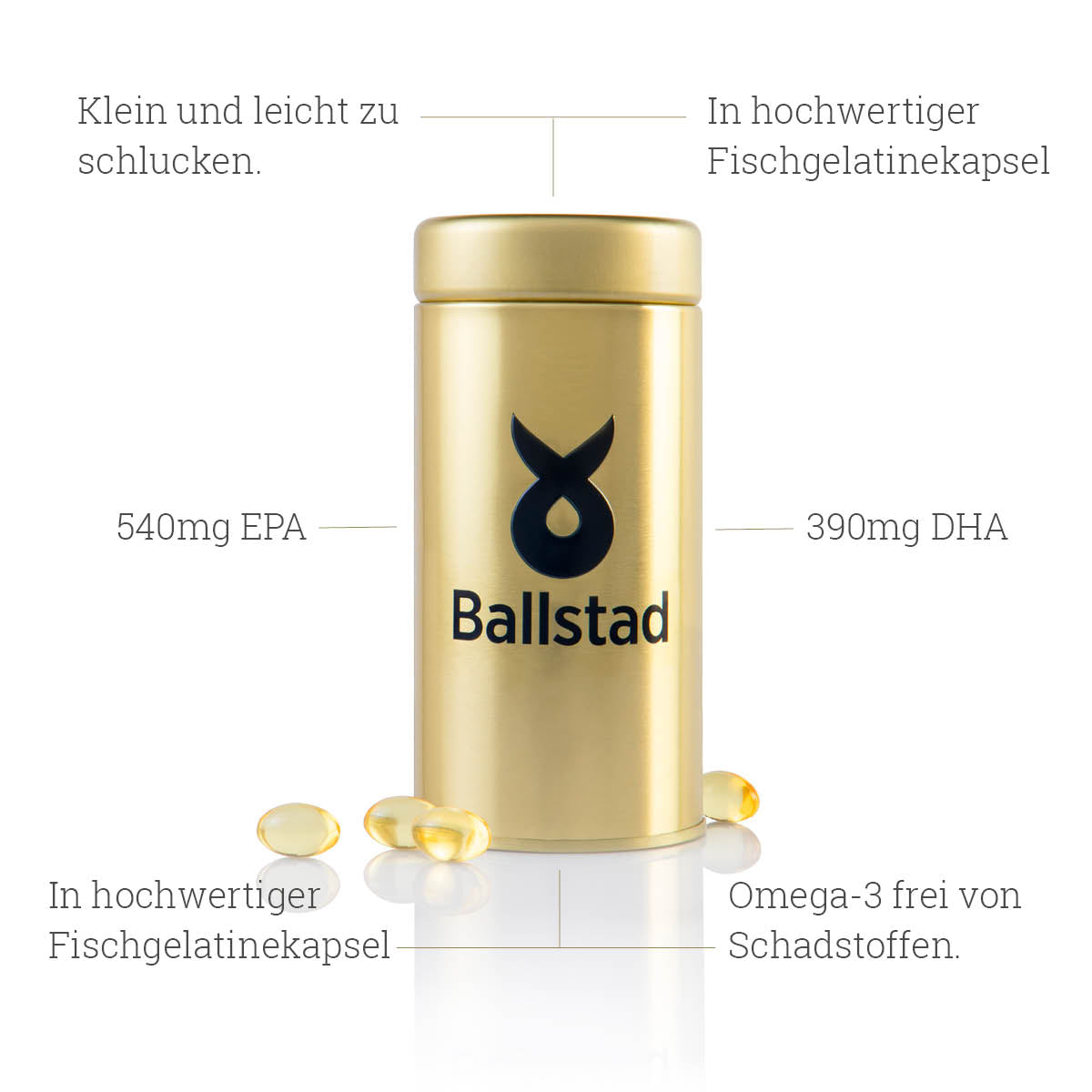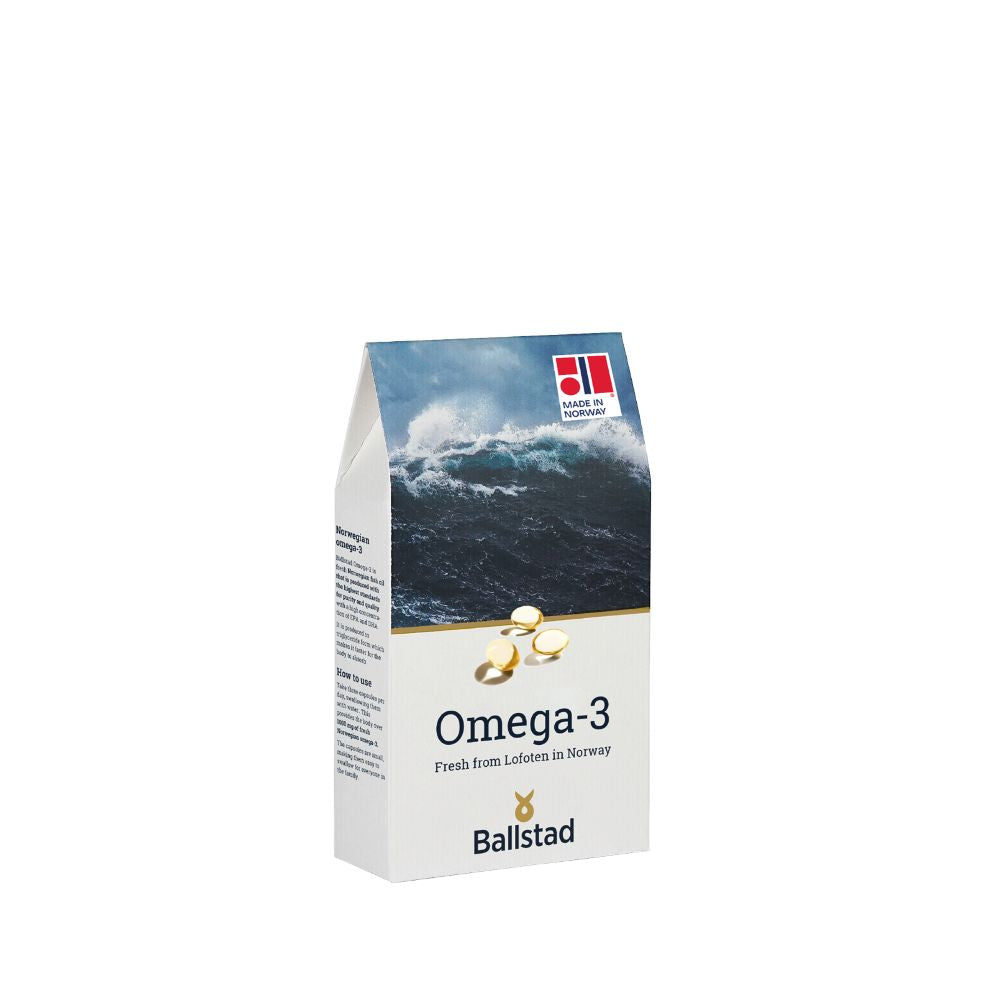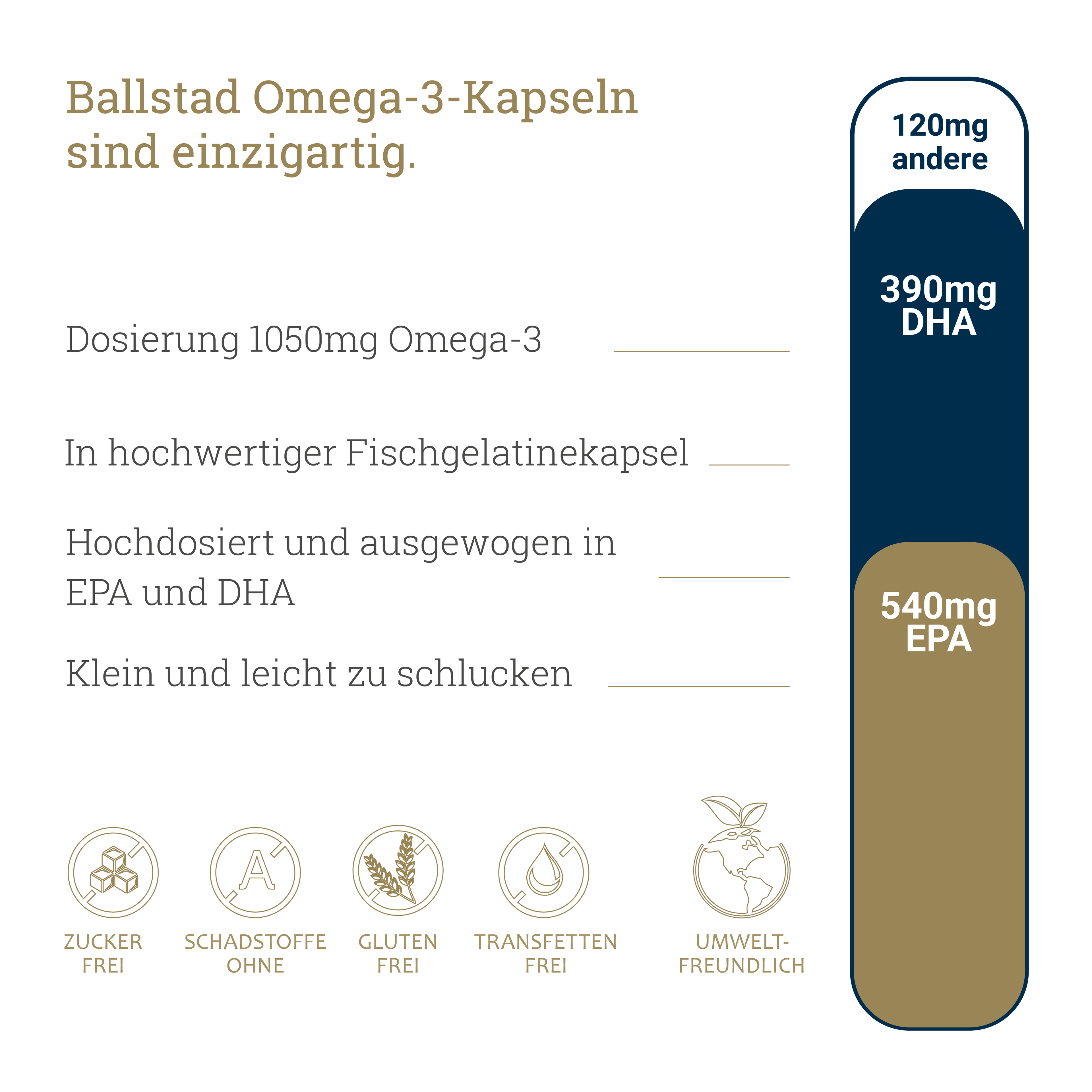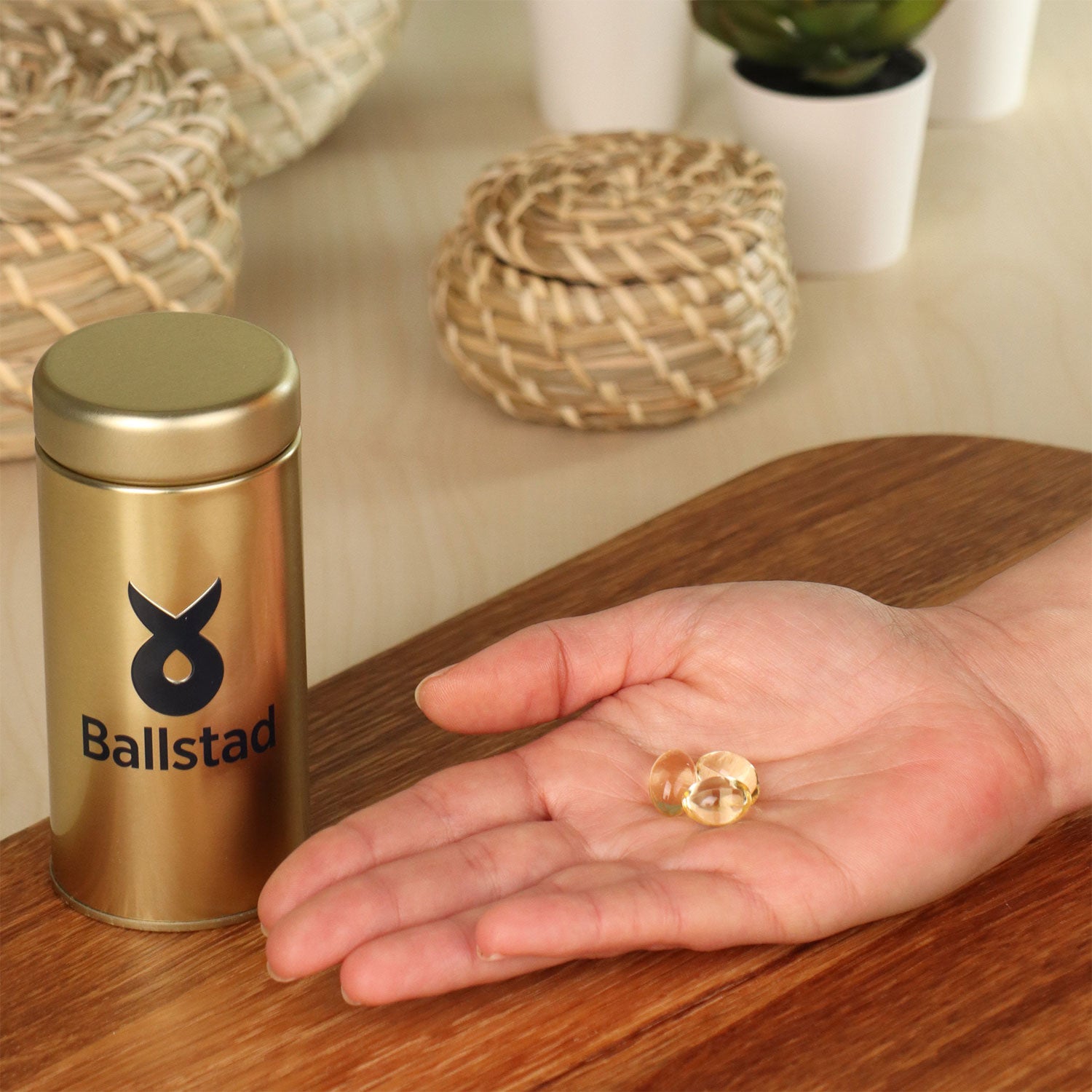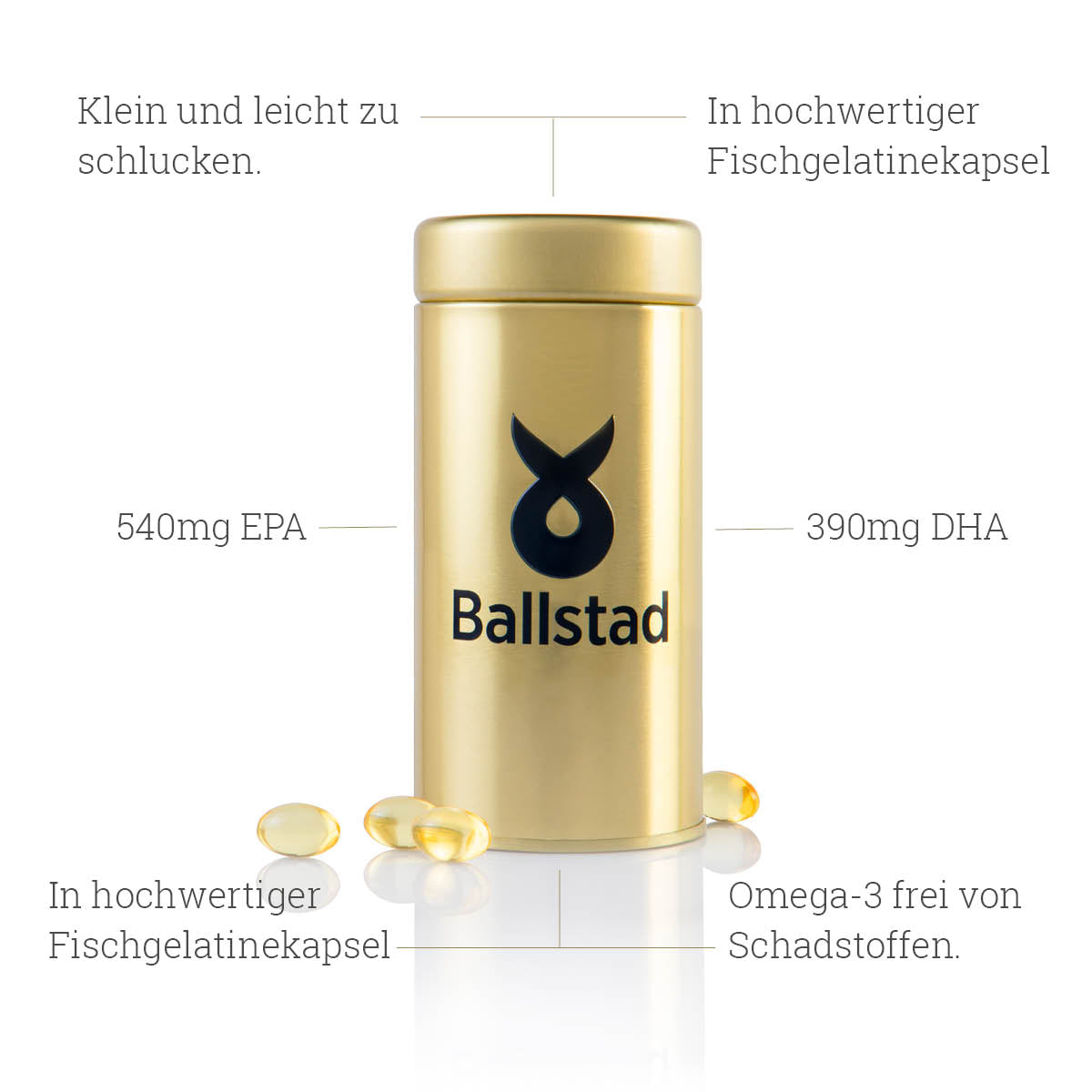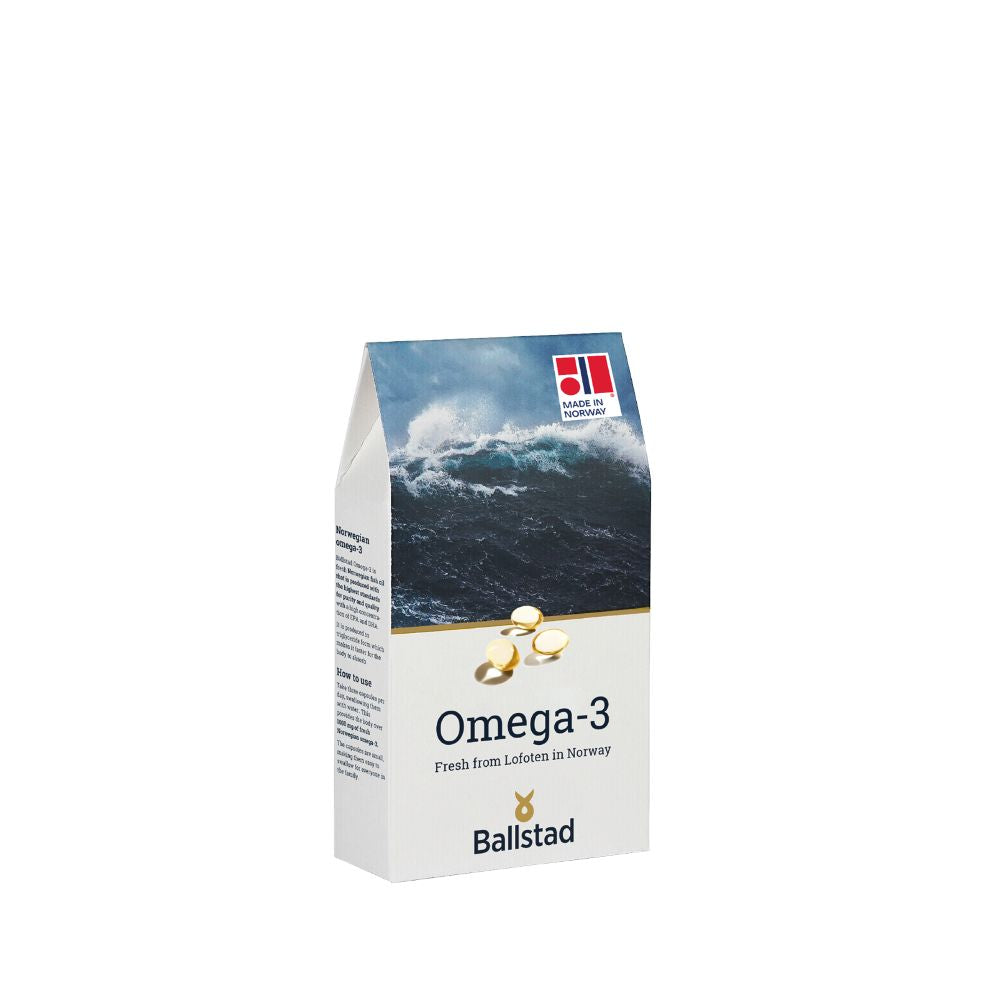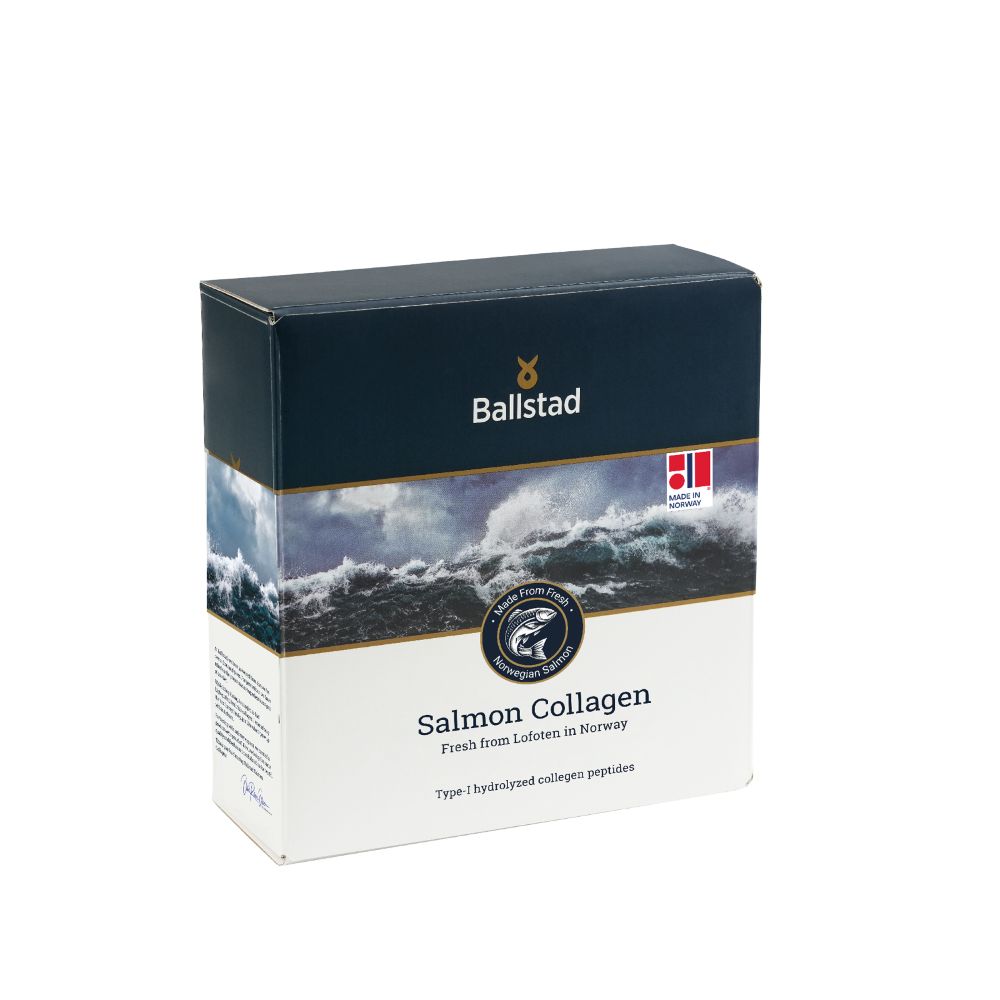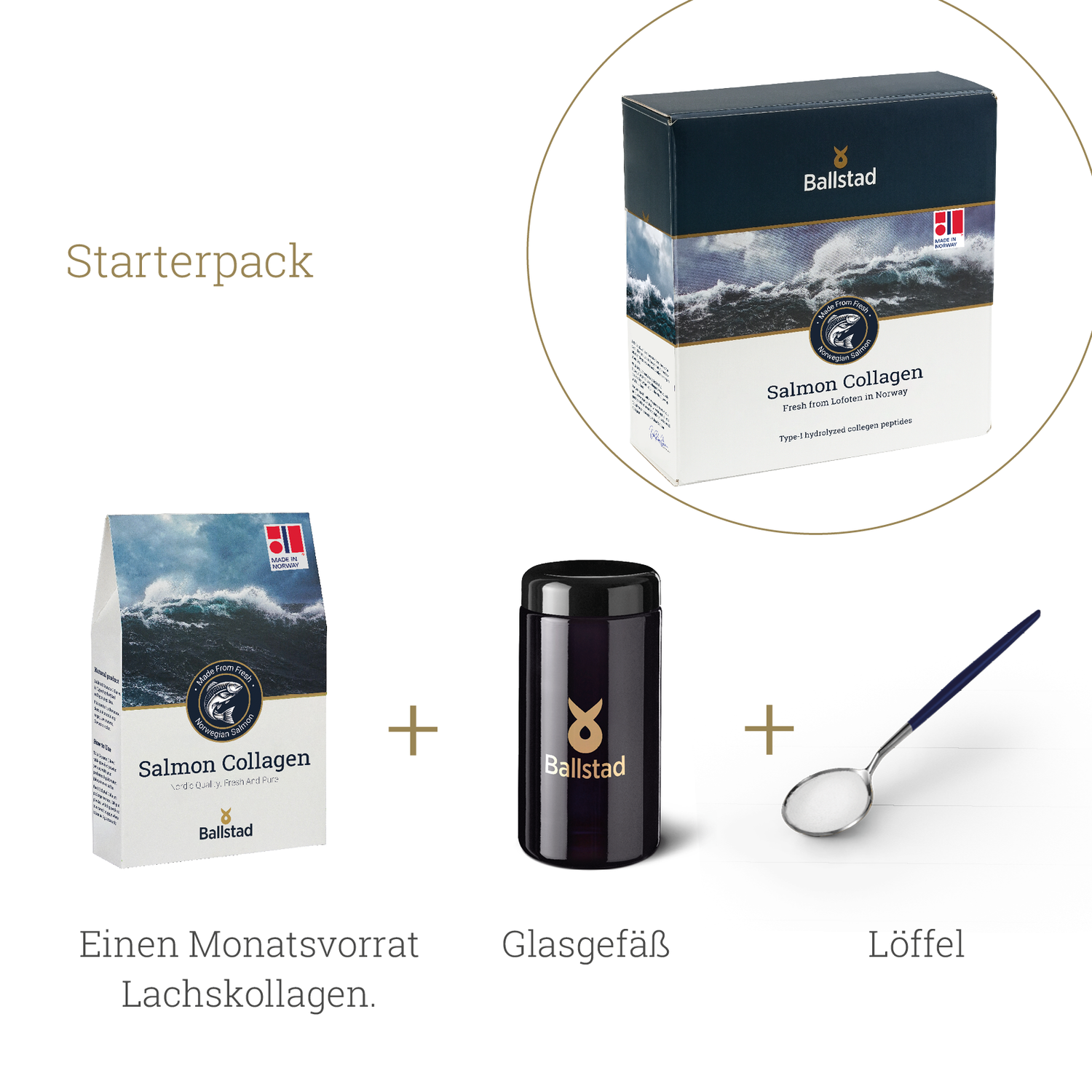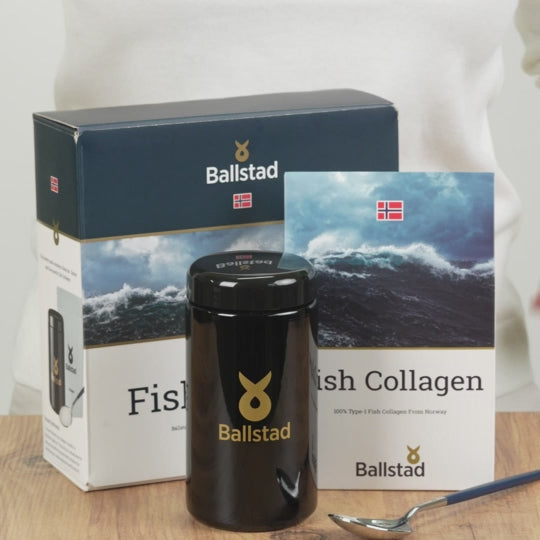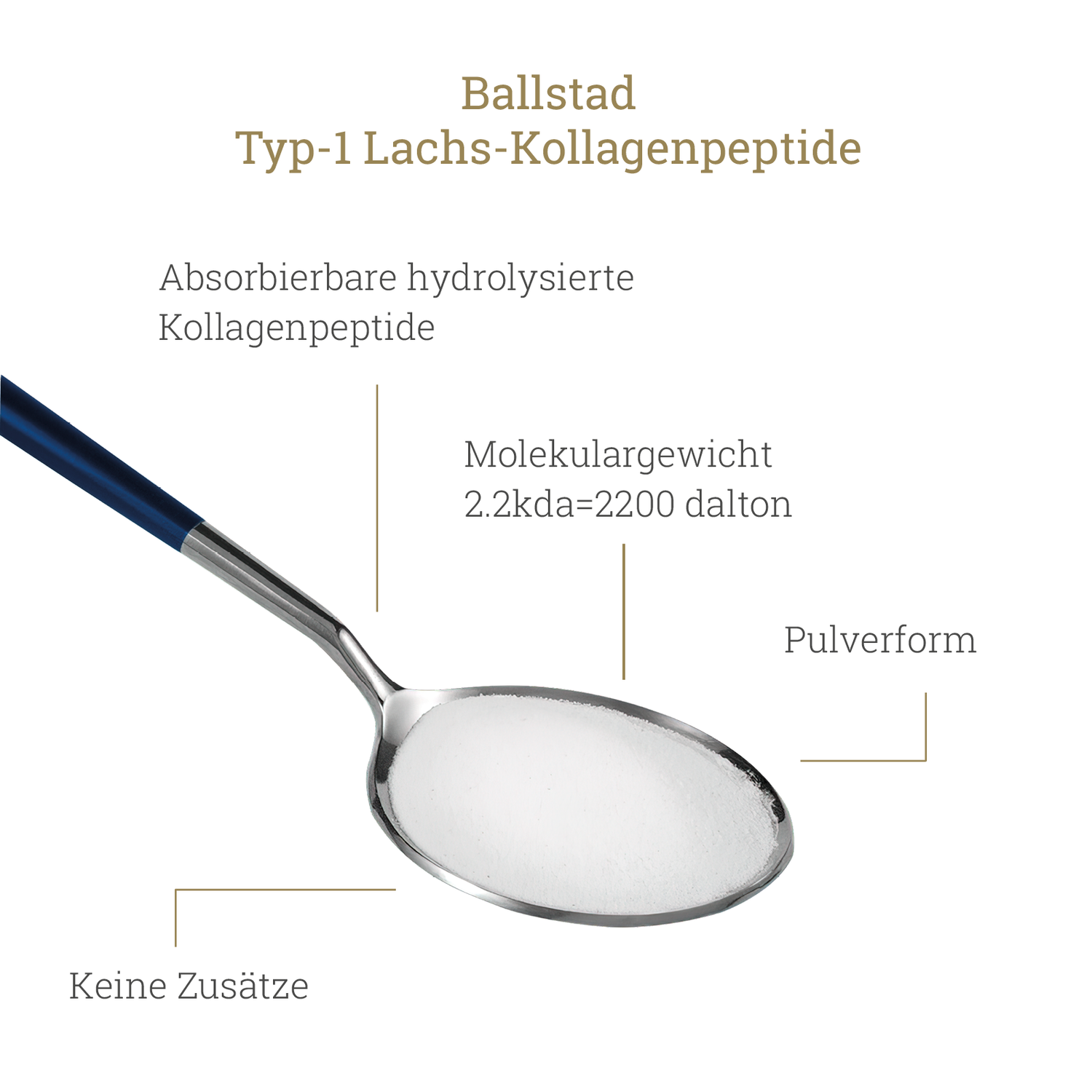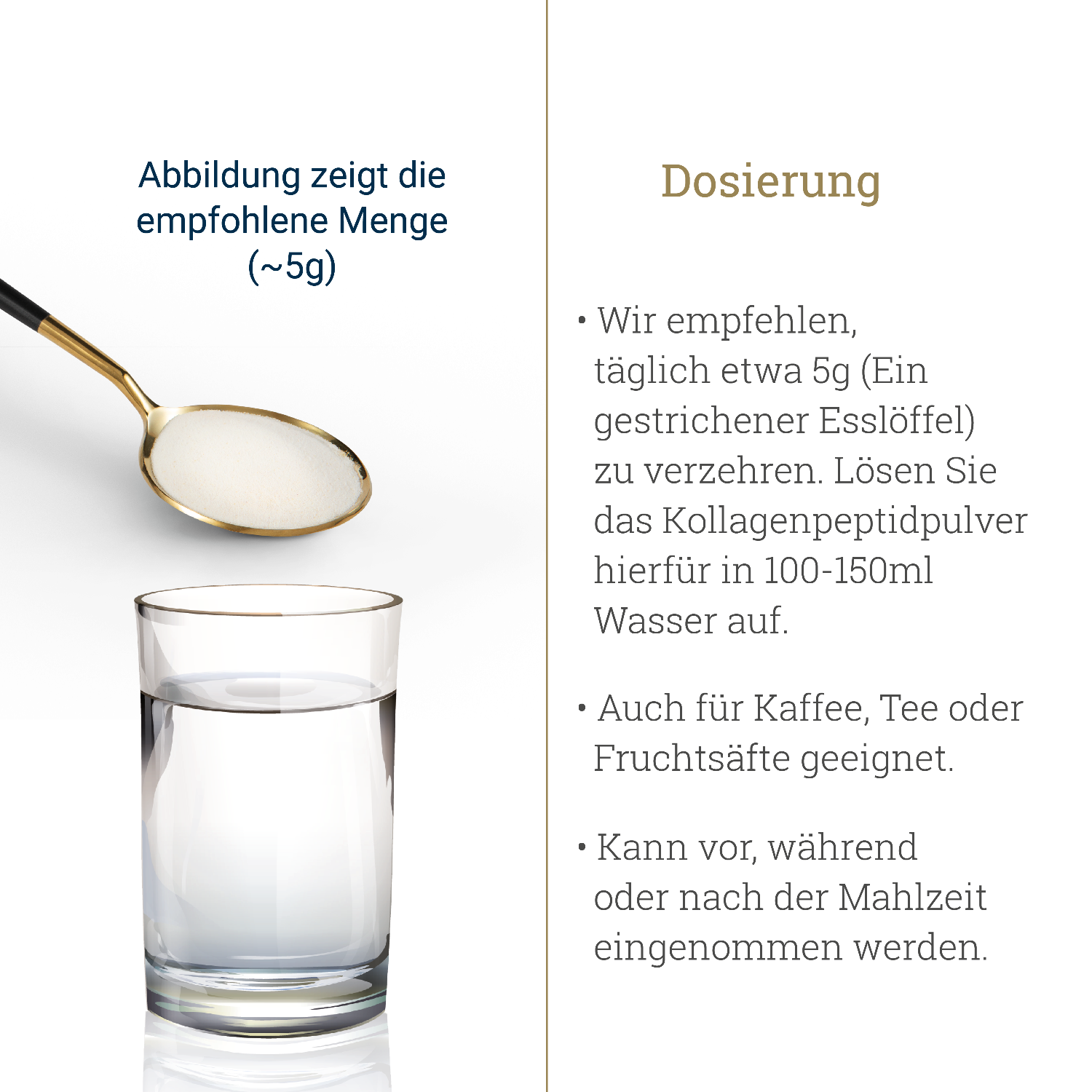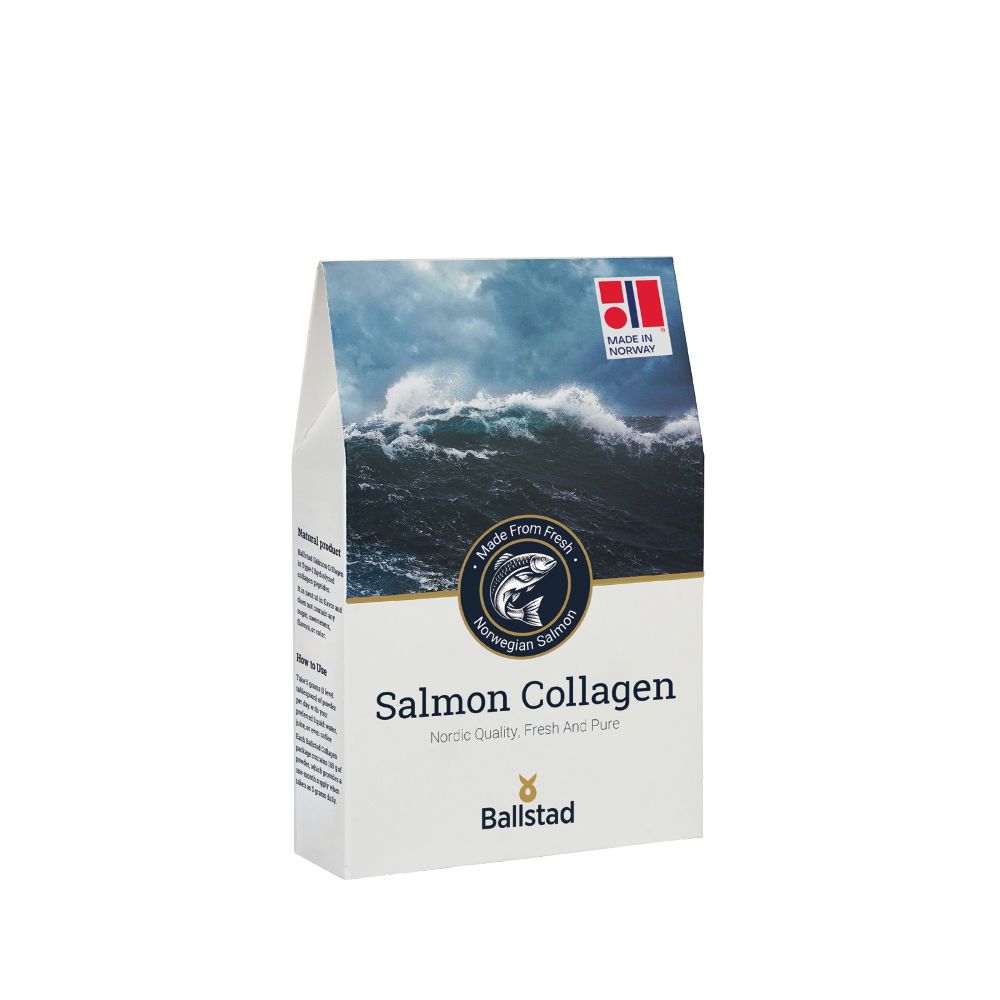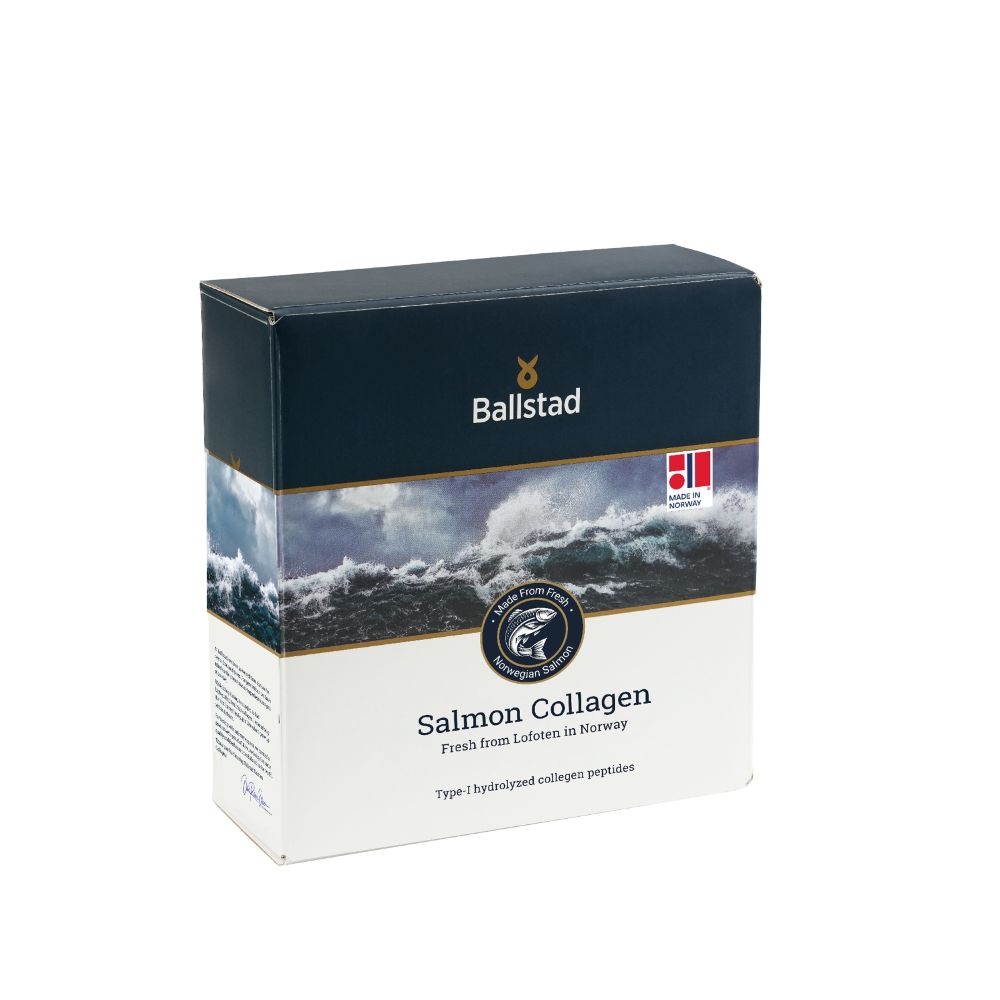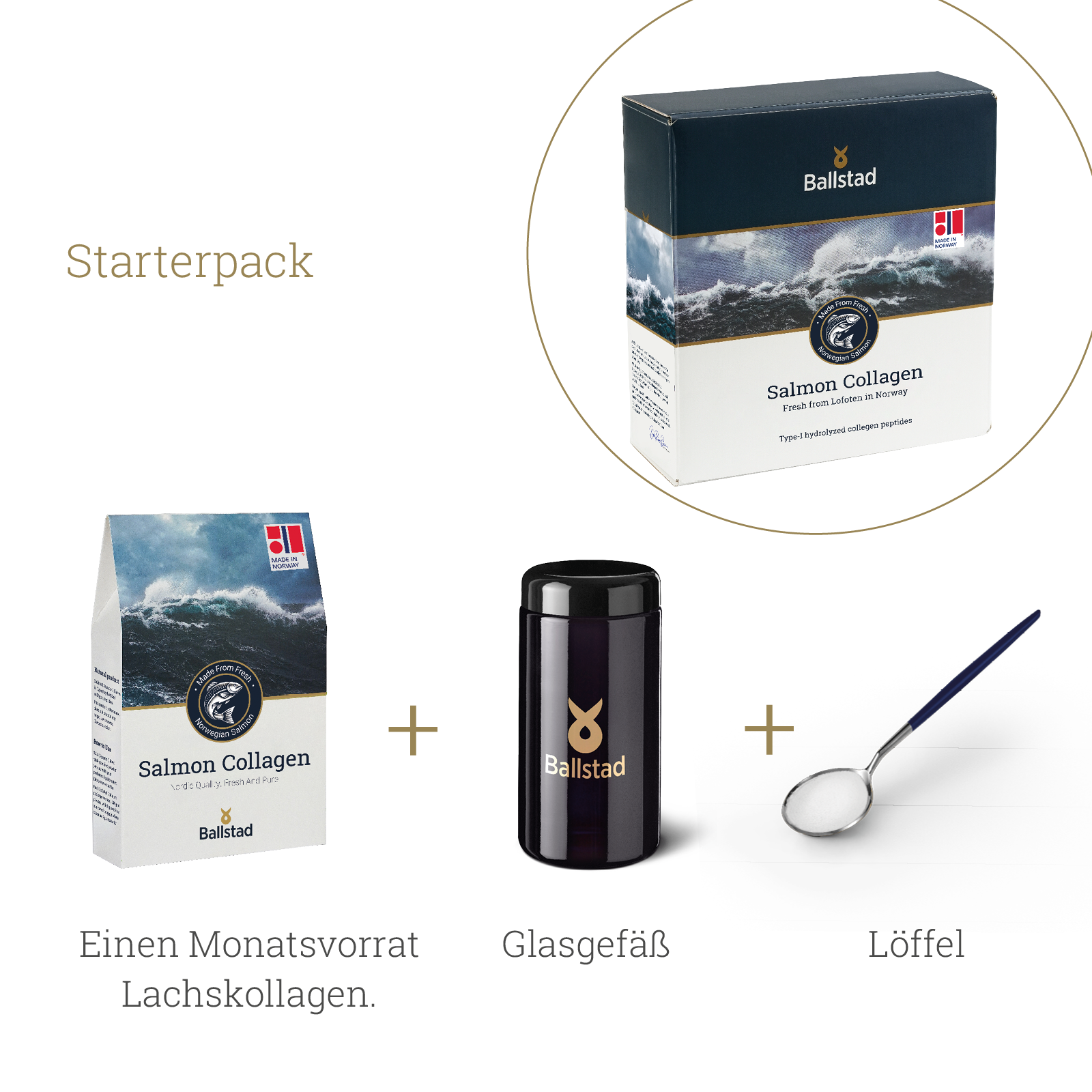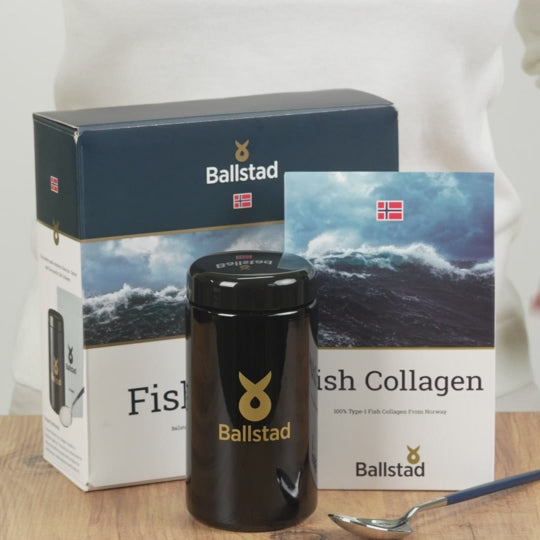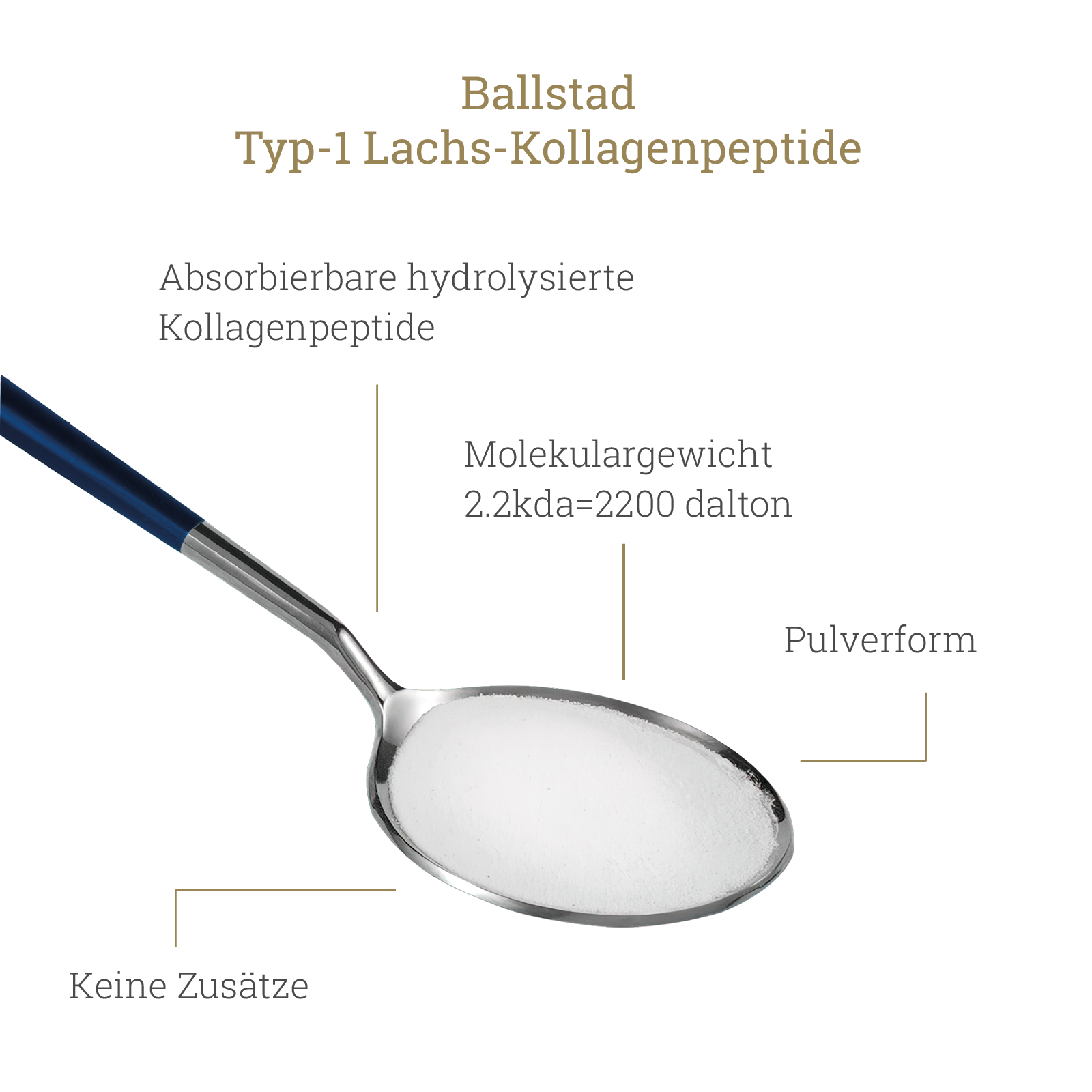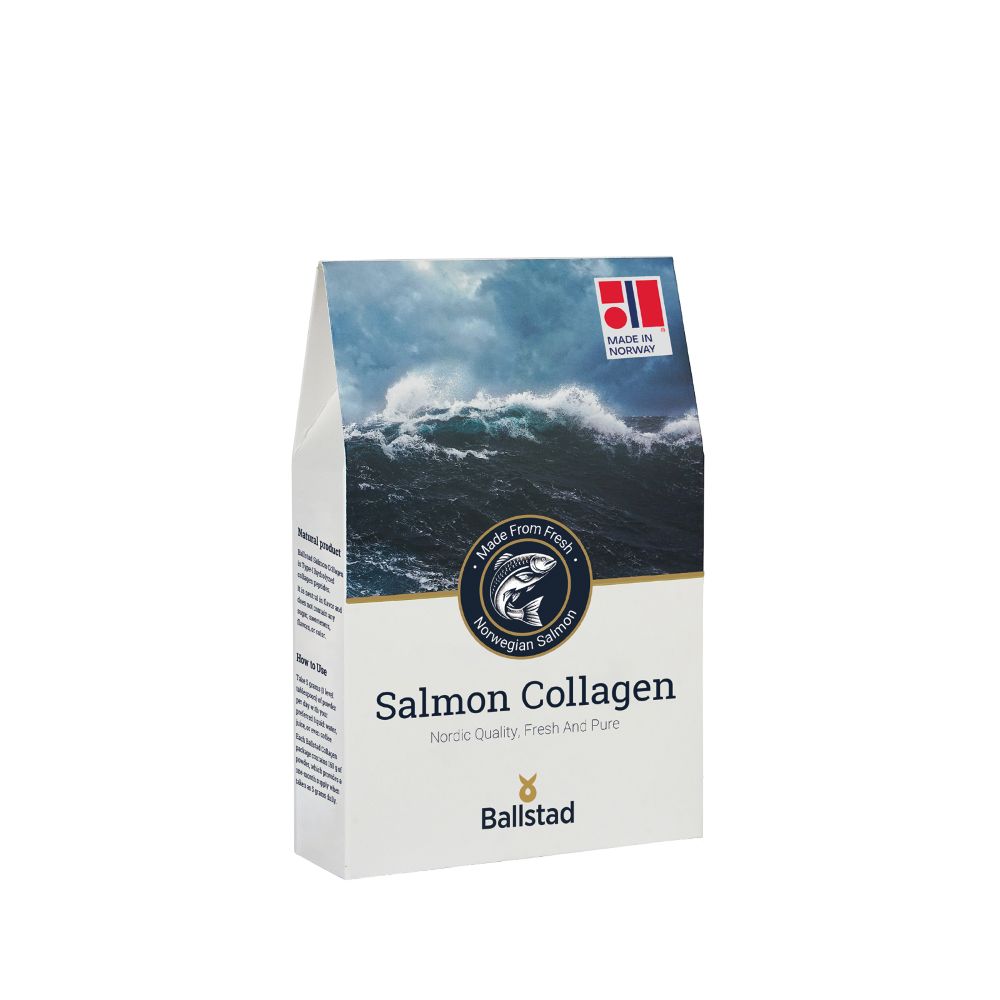Why healthy hair starts from within
When it comes to hair health, many people first think of shampoos, conditioners, or hair oils. But true hair care begins within. Certain nutrients, especially omega-3 fatty acids, play a key role in overall well-being and can also indirectly influence the appearance of skin and hair.
Omega-3 fatty acids such as EPA and DHA have long been researched in connection with a balanced diet and the support of normal body functions. Interesting evidence is also emerging in the context of skin and hair care.
How Omega-3 can help support hair health
Scientific studies have linked omega-3 fatty acids to the following nutritional aspects, among others:
-
Supports normal cell function
-
Contribution to the maintenance of normal skin
-
Involvement in normal inflammatory processes
A balanced diet with essential fatty acids can therefore provide a healthy foundation for skin and scalp. People suffering from dry scalp, fine hair, or brittle strands could benefit from a balanced supply of omega-3 fatty acids.
Moisture and elasticity: More than just cosmetics
According to the EFSA, EPA and DHA contribute to normal heart function at a daily intake of 250 mg. Furthermore, DHA is linked to normal brain and eye function. Indirectly, this may also influence the well-being of skin and hair structure, although further research is needed to confirm specific associations.
Did you know?
The outer structure of hair is highly dependent on scalp health. A well-circulated, protected scalp creates ideal conditions for strong-looking hair.
Omega-3 in an unbalanced diet
Certain dietary patterns, especially in Western countries, often contain too few omega-3s and too many omega-6s. This can affect various bodily processes—including those related to skin.
An Omega-3 deficiency could manifest itself in the following symptoms, among others:
-
Dry, flaky scalp
-
Brittle hair
-
Reduced hair volume
A balanced diet, supplemented with high-quality omega-3 products, can help alleviate these symptoms – always in consultation with a medical professional.
How much Omega-3 is recommended?
The European Food Safety Authority (EFSA) recommends a daily intake of 250 mg of EPA and DHA to support heart function. As part of a balanced diet, this amount can be achieved through fish consumption or high-quality supplements.
For cosmetic or aesthetic purposes (e.g., to support hair health), there are currently no authorized health claims under European law. Therefore, it is recommended to rely on scientifically established basic recommendations.
Application: How to integrate Omega-3 into everyday life
Through diet:
-
Fatty sea fish such as salmon, mackerel and sardines
-
Plant sources such as flaxseed or walnuts (contain ALA, a precursor to EPA/DHA)
Through dietary supplements:
-
High-purity fish oil capsules with high EPA and DHA content
-
Ideally from sustainable fisheries and produced in compliance with strict oxidation limits
Optional: External applications
-
Hair care products containing omega-3 extracts can play a complementary role, but do not replace systemic intake through food or supplements.
Why fish oil is so popular
Fish oil is rich in bioavailable EPA and DHA—the active forms of omega-3. It is efficiently absorbed by the body and is well-suited for regular use. In combination with collagen, such as that found in Ballstad products, it can also support the structure and moisture balance of skin and hair.
Note: According to European law, health claims may only be used if they have been approved by EFSA. This presentation is for information purposes only and does not replace medical advice.
Conclusion: Care for your hair from the inside out
Healthy-looking, shiny hair starts with a nutrient-rich foundation. A balanced diet, supplemented with high-quality omega-3 products, can help provide optimal nourishment for the scalp and hair structure – in accordance with scientific standards and legal requirements.






